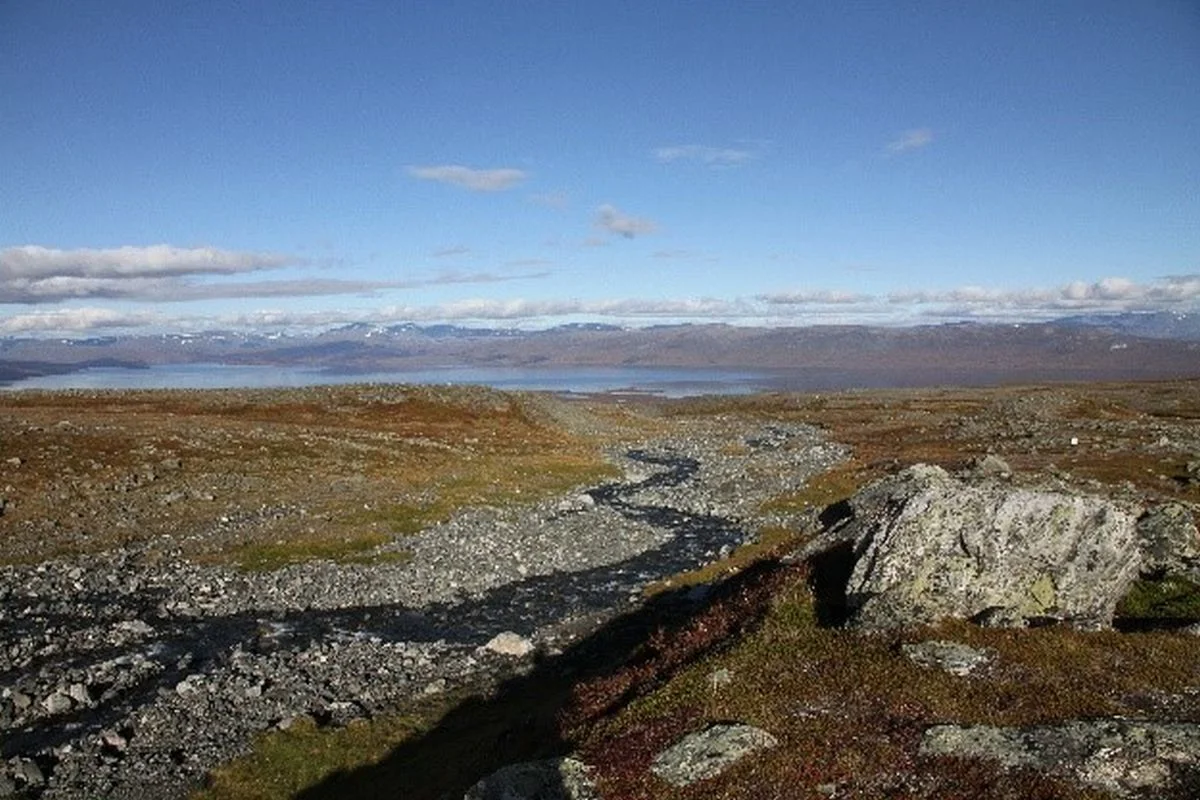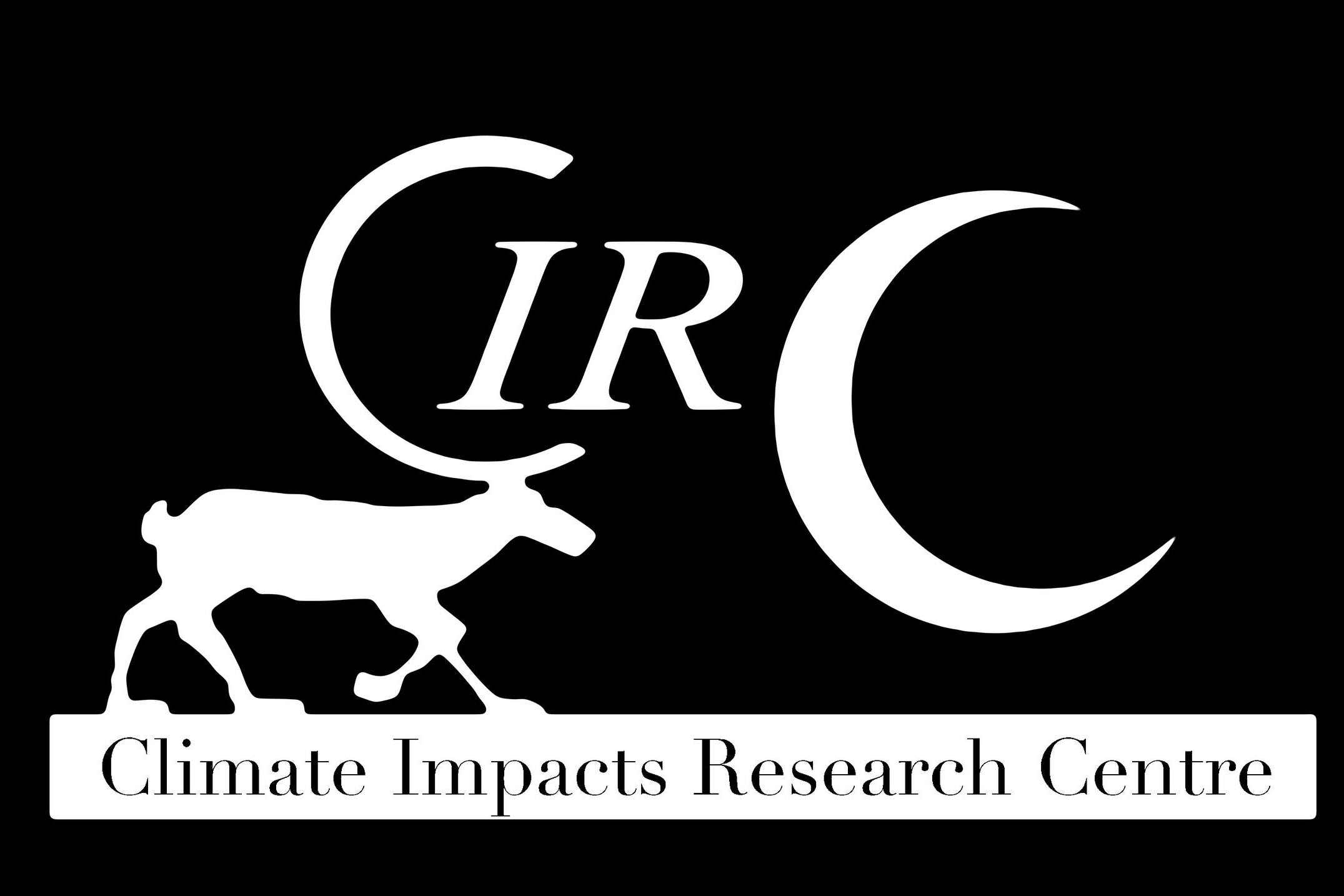The project will assess the extent to which global change has affected the availability of key nutrients (N, phosphorus (P)) and Ca), and phytoplankton nutrient limitation regimes, in oligotrophic Fennoscandian and North American lakes, and assess the consequences of these changes on phytoplankton and zooplankton.
An integrative framework for understanding and predicting the role of inland waters in the carbon cycle
Using field data and modeling we test the hypothesis that greenhouse gas emission, carbon burial in sediments, and carbon export downstream vary depending on the climatic conditions and the structure of the water network.
The invisible carbon: an early indication of ecosystem change!
Streams are sensitive sentinels for environmental change by their integration of processes in terrestrial and aquatic systems. Upland headwater streams in the north Swedish tundra show seasonally exceptional high concentrations of uncolored dissolved organic carbon (DOC) and high carbon dioxide concentrations.
Tundra P - Phosphorus transformation across Pan-Arctic tundra ecosystems
Phosphorus (P) constrains the activity of plants and decomposers, and therefore carbon storage in many arctic ecosystems, yet our understanding of P availability in the tundra lags behind understanding of the carbon and nitrogen cycles.
Teatime4science
Teatime4science
Emily Goldstein Museum
Project summary
Project website
Collaborators
Mariet Hefting, Utrecht University
Taru Sandén, Department for Soil Health and Plant Nutrition at the Austrian Agency for Health and Food Safety (AGES)
Joost Keuskamp, Biont Research
Funding
Vetenskapsrådet
Technical faculty of Umea university
Project Dates
2015 - 2019
Project Photos
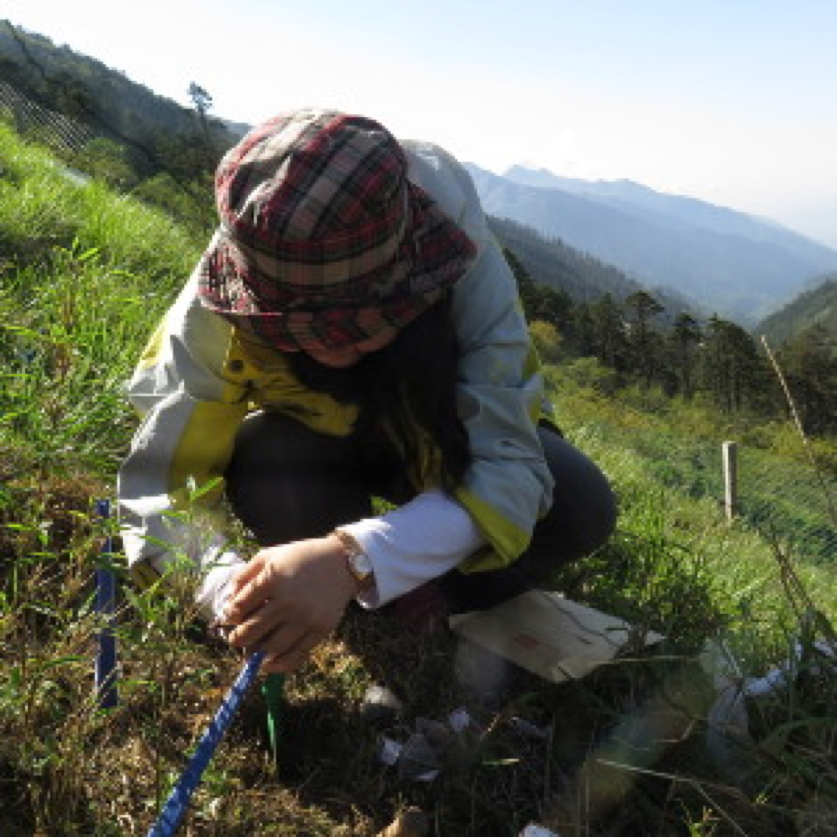
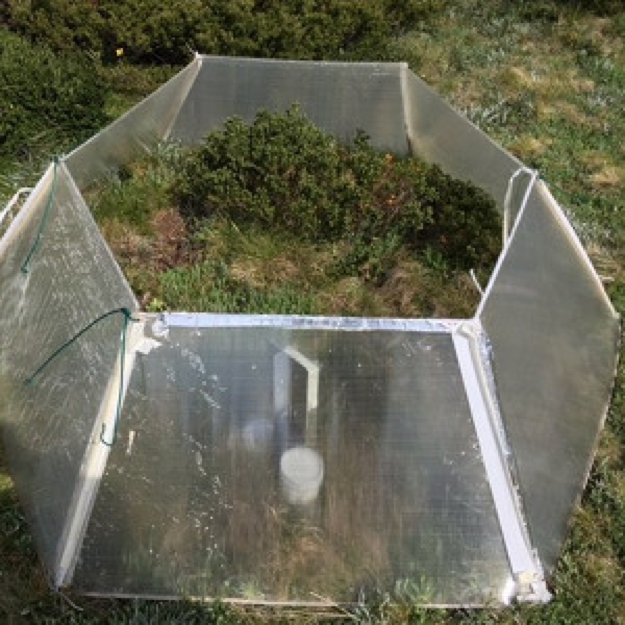

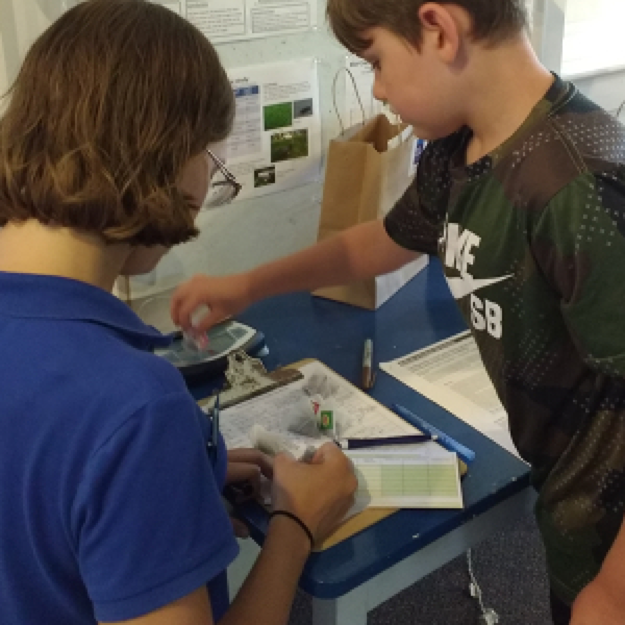
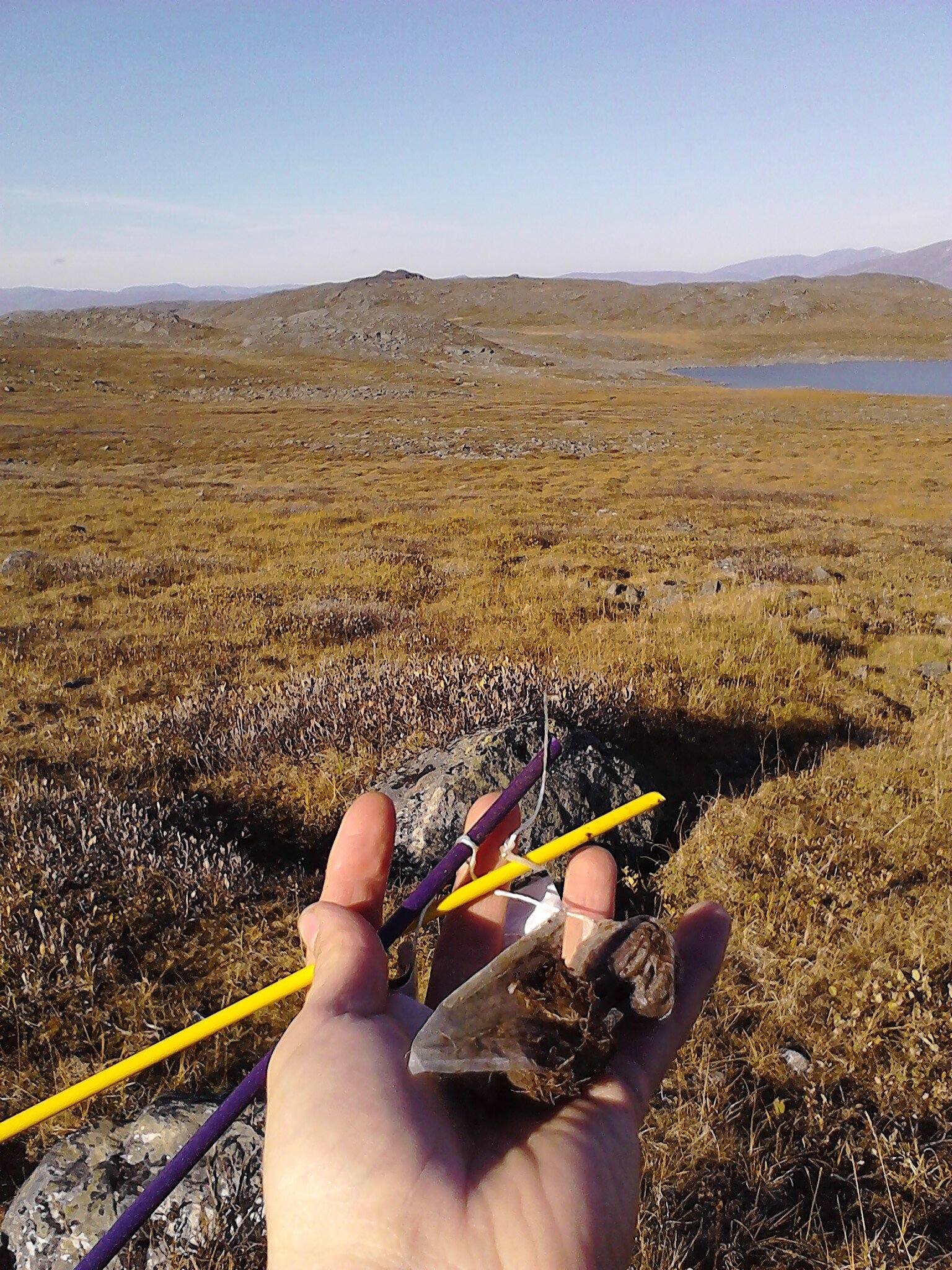
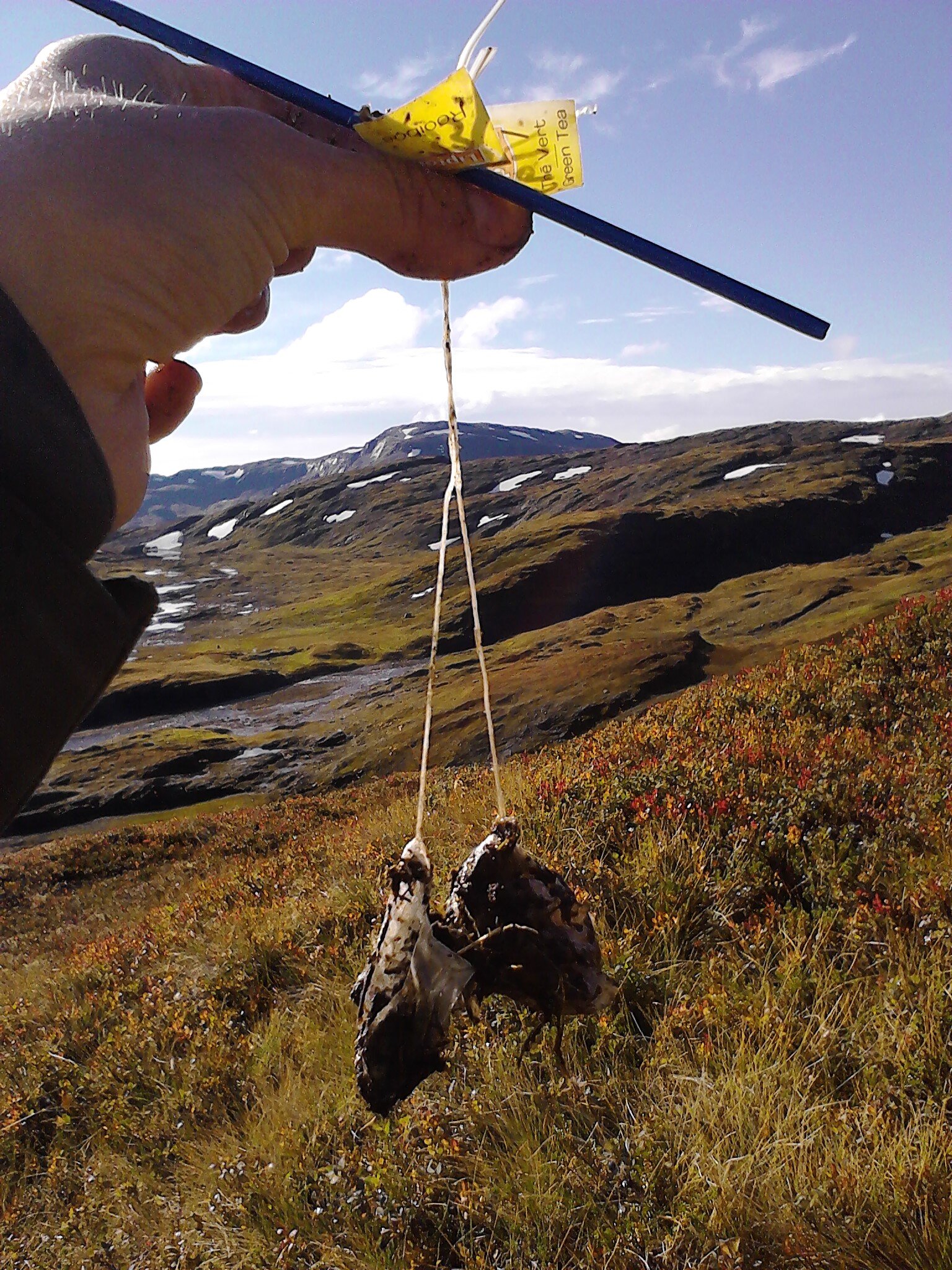
Climate impact on the carbon emission and export from Siberian inland waters
This interdisciplinary project link expertise in aquatic biogeochemistry, hydrology and permafrost dynamics with the aim to improve the knowledge of the role of high latitude inland waters in emitting C to atmosphere and in exporting C to downstream coastal regions and how this varies between different climate regimes.
Global Nitrogen Enrichment Experiment (AGNEE)
We aim to establish how DIN:TP ratios influence biomass, composition and elemental stoichiometry of phyto- and zooplankton communities, and to determine nutrient limiting factors of phytoplankton and consumer-driven nutrient regeneration responses.




